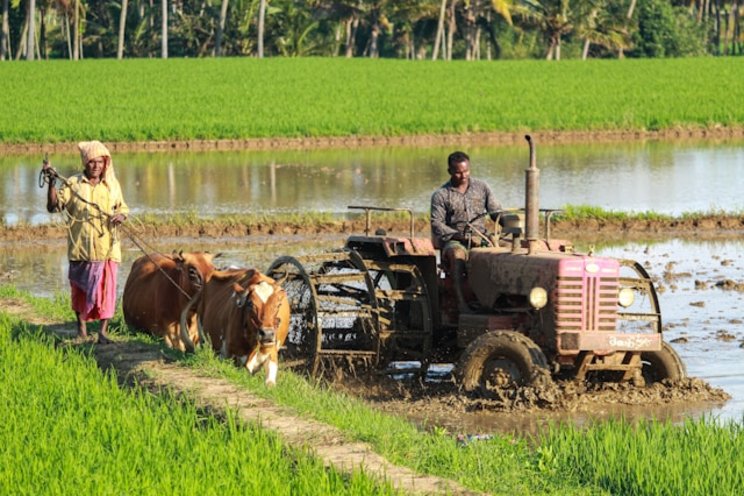Why managing mealybugs starts with monitoring
Added on 31 May 2023

A combination of cultural, insecticidal, and biological management strategies need to be implemented to manage mealybug populations. A recent post from Michigan State University (MSU) offers advice in all of these areas.
Identifying mealybugs is relatively easy due to their elliptical shape and distinctive white, waxy filaments protruding from their body. While they retain their legs in all instar stages, mealybugs seldom move except for the first nymphal instar stage or crawler, which actively searches for a place to feed. Some species leave behind white, cottony egg masses and excrete honeydew, which can lead to the growth of black sooty mold. Their ability to hide in plant crevasses makes them particularly difficult to manage. Since only adult male mealybugs fly, yellow sticky cards are not effective for scouting. Therefore, using a hand lens or magnifying glass to confirm the identity of mealybugs is recommended. Keeping records of mealybug infestations and location will help in making effective management decisions.
One of the most effective ways to stop the spread of mealybugs in the greenhouse is to dispose of heavily infested plant material. Setting up pest thresholds in your operation is important to determine when to cut your losses and throw away plant material. Determining a pest threshold requires a comprehensive assessment of the crop, pest, economic factors, and the availability and effectiveness of management options. Plant material susceptible to mealybugs should be quarantined before introducing into the greenhouse. For high-value crops where disposal is not ideal, quarantining infested plants helps ensure mealybugs do not spread to unaffected plants. Quarantine protocols will be different depending on the size of the operation and the crop type, but the basic steps include the following:
- Isolation: Place new plants in a separate area, away from the main greenhouse, to prevent the spread of mealybugs to other plants. This could be an area as large as a greenhouse or as small as a grow tent.
- Inspection: Before bringing new plants into the greenhouse, inspect them thoroughly for mealybugs, focusing on growing tips and areas where the leaf attaches to the stem (Figure 3).
Photo: Kansas Department of Agriculture , Bugwood.org
More news








